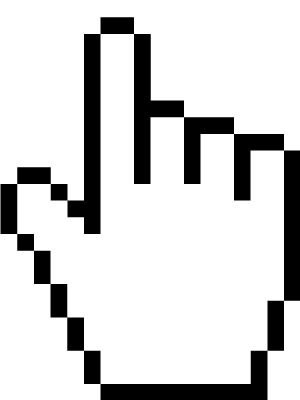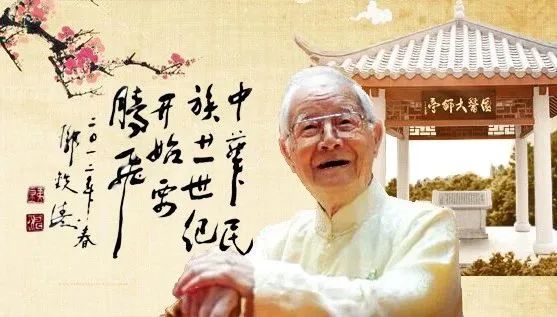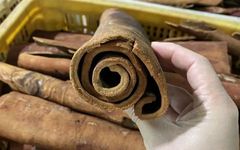
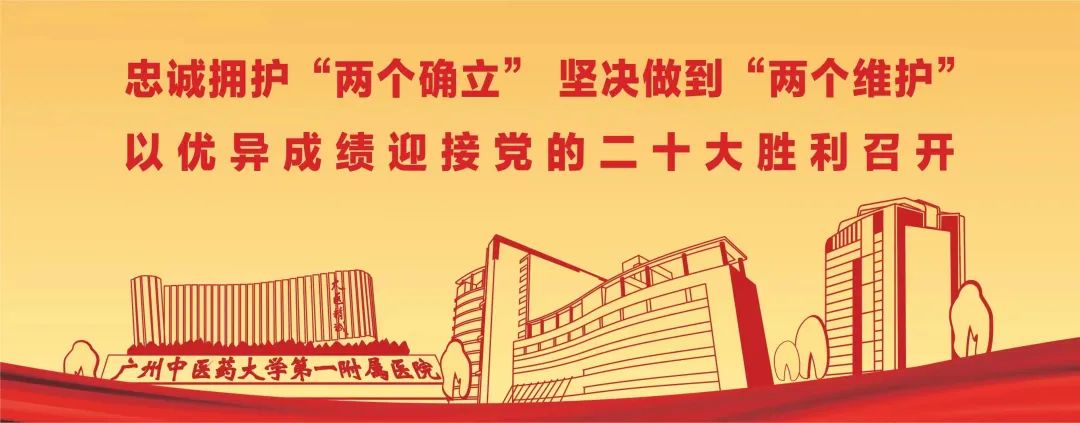
The WeChat subscription account of the First Affiliated Hospital of Guangzhou University of Chinese Medicine 【Herbal Station】 column, published every Saturday! Articles in this column are written by pharmacists from the hospital’s pharmacy department. The content includes: stories of Lingnan herbs, introduction to commonly used herbal effects, herbal dietary therapy, and daily use of traditional Chinese medicine and Chinese patent medicines, practical and exciting! Please pay attention!
Returning Fire to the Origin – Cinnamon
Text and images by Hong Songbin, Chief Herbal Pharmacist
Cinnamon is first recorded in the Shennong Bencao Jing (Shennong’s Classic of Materia Medica), classified as a superior herb, divided into two types: Mu Gui (Cinnamon) and Jun Gui (Cinnamon Bark). The Shennong Bencao Jing states that Mu Gui “is used for cough due to qi counterflow, throat obstruction, benefits joints, and tonifies the middle and boosts qi.” It describes Jun Gui as “beneficial for all diseases, nourishes the spirit, harmonizes complexion, and is the first to be used in various medicines; long-term use lightens the body and prevents aging, giving a radiant complexion.” This indicates that cinnamon has both supportive and expelling effects.
Cinnamon is the dried bark of the Cinnamomum verum plant, harvested in autumn and dried in the shade.
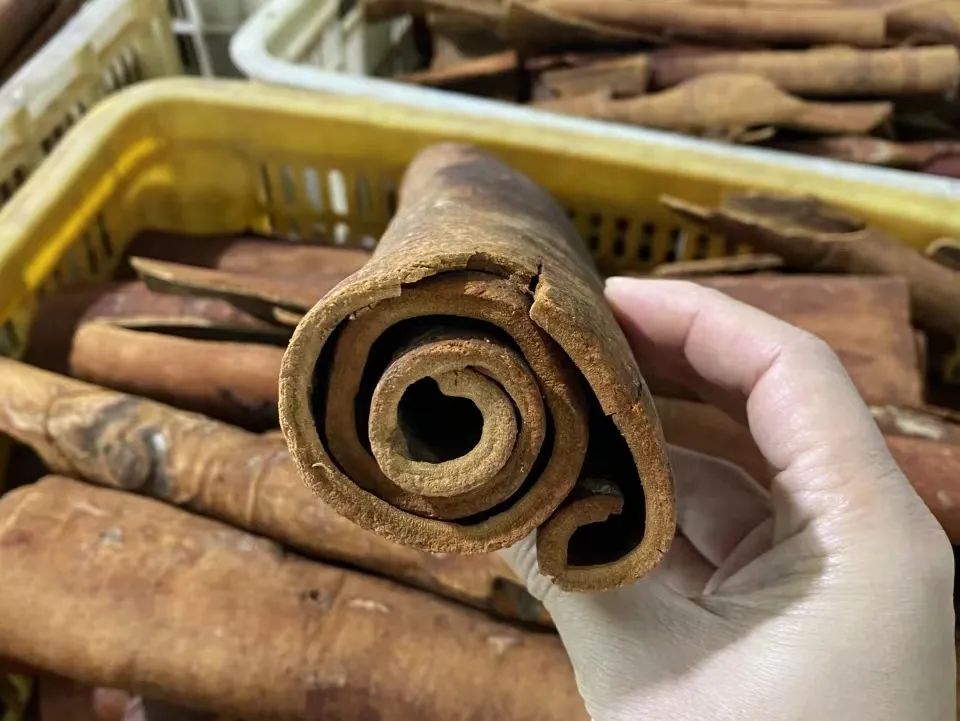
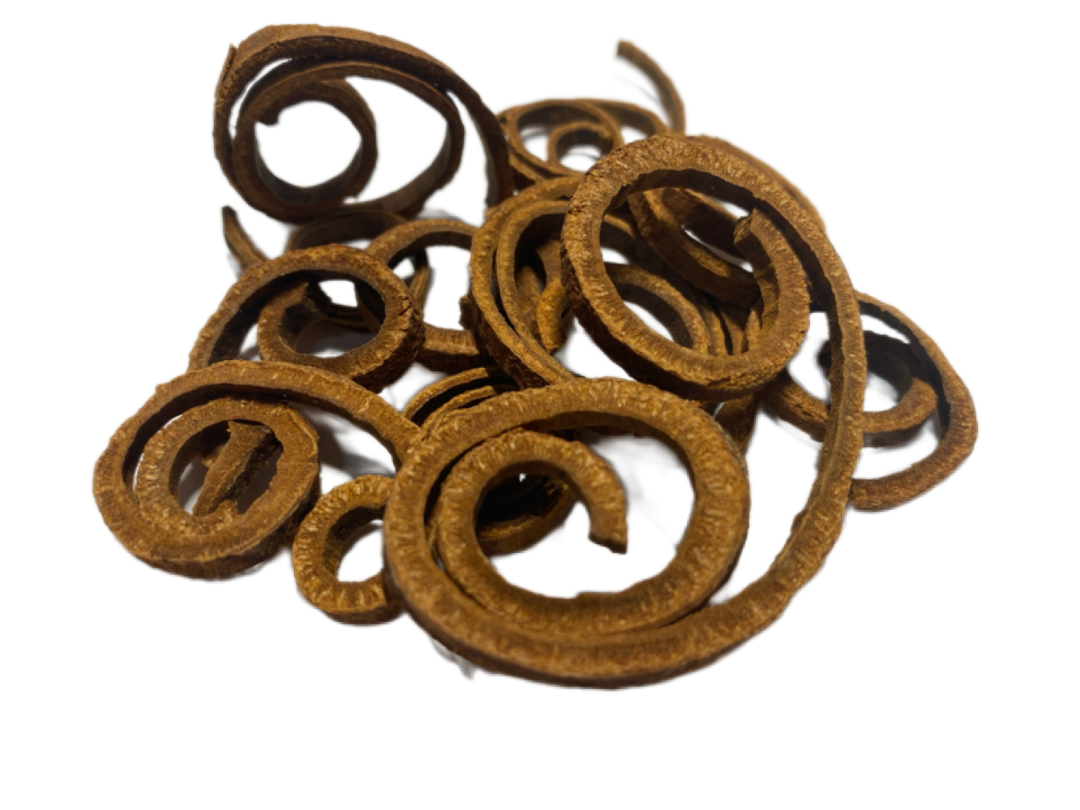
【Properties and Channels】 Pungent, sweet, and very warm. It enters the Kidney, Spleen, Heart, and Liver meridians.
【Functions and Indications】 Tonifies fire and assists yang, returns fire to the origin, disperses cold and alleviates pain, warms and unblocks the meridians. Used for impotence due to cold in the palace, cold pain in the lower back and knees, cough due to kidney deficiency, floating yang, dizziness with red eyes, cold pain in the heart and abdomen, cold vomiting and diarrhea, cold hernia abdominal pain, and dysmenorrhea.
【Dosage and Administration】 1-5g.
How to distinguish between true cinnamon and false cassia?
Cinnamon and cassia both have the character “桂” (gui) in their names, belong to the same family, and have similar appearances, which can confuse people. This raises the question: Are cinnamon and cassia the same? In fact, they are different and have distinctions. So what are the differences? How can we tell them apart? Let’s explore this in detail.
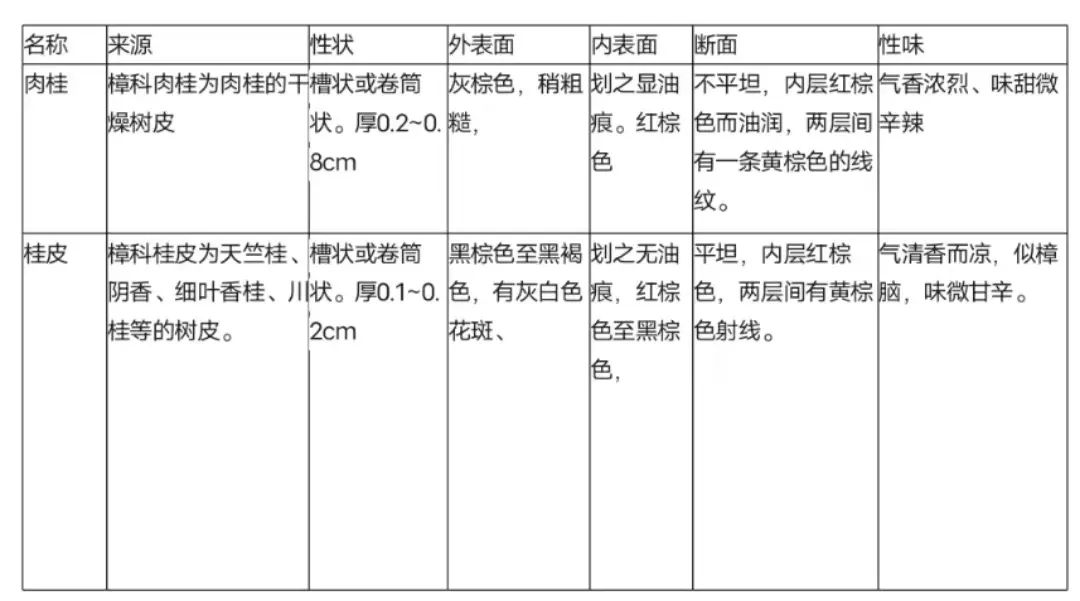
Based on the above introduction, how to distinguish between cinnamon and cassia can be done through their thickness, color, surface and cross-section characteristics, and aroma. When used as a culinary spice, it is best to choose cassia. For medicinal or dietary therapy, cinnamon is preferred due to its effects of invigorating blood and unblocking meridians. Quality cinnamon is characterized by being unbroken, heavy, thick, with a purple cross-section, high oil content, strong aroma, sweet and spicy taste, and minimal residue when chewed.
What are some dietary therapy methods using cinnamon?
Clove Cinnamon Duck
Ingredients: 500g of water duck, 5g of cloves, 5g of cinnamon, 5g of cardamom, 3g of dried tangerine peel, 3g of sand ginger, and ginger to taste.
Method: Wash the cloves, cinnamon, cardamom, dried tangerine peel, and sand ginger, then boil them in water to extract the medicinal broth; clean the water duck, remove the internal organs, chop it, and sauté with ginger in oil until fragrant, then add the medicinal broth and seasonings and simmer until the duck meat is cooked.
Comment: Warms the middle, disperses cold, and strengthens the stomach to alleviate pain, used for ulcers and gastritis with spleen and stomach deficiency and cold symptoms. Symptoms include cold pain in the stomach, vomiting, regurgitation, and reduced appetite.
What are the precautions for using cinnamon?
① Contraindicated for those with yin deficiency and excess fire, internal heat, blood heat causing bleeding, and pregnant women.
② Avoid use for those with weak pulses, thin and weak pulses, and those with yin deficiency and blood loss.
③ Should not be used with gypsum.
④ Avoid raw scallions and exposure to fire.
Author’s Profile

Author: Hong Songbin
Department: Pharmacy Department
Title: Chief Herbal Pharmacist
Address: No. 16 Airport Road, First Affiliated Hospital of Guangzhou University of Chinese Medicine
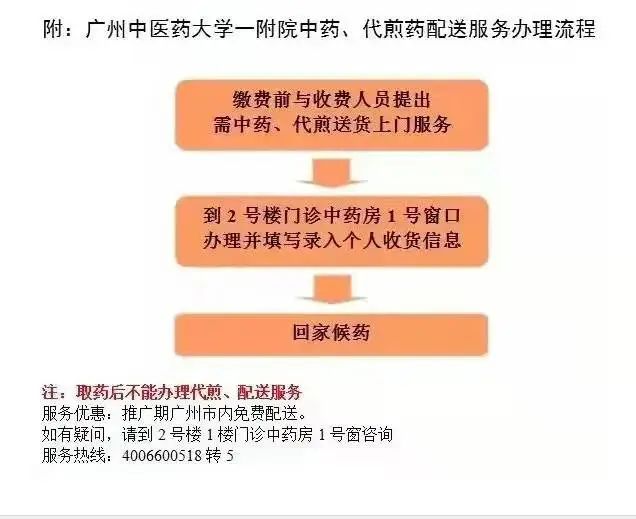
Editor: Liu Qingjun, Reviewed by: Zheng Xiaoying, Yang Yan, Edited by: Zhong Tiansong
If you find this useful, please like it↓↓↓
